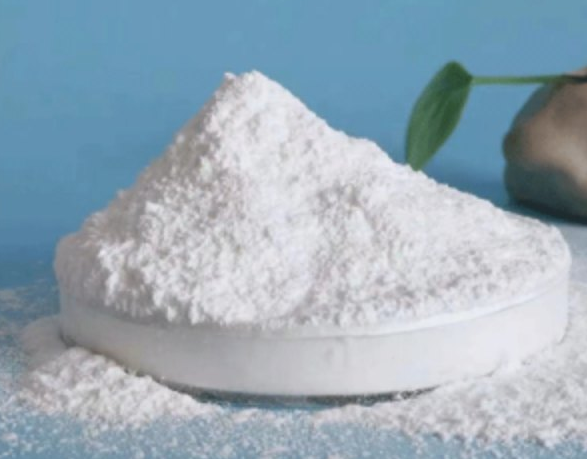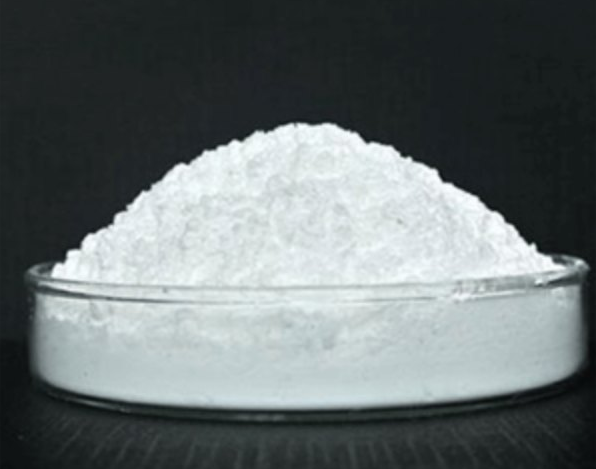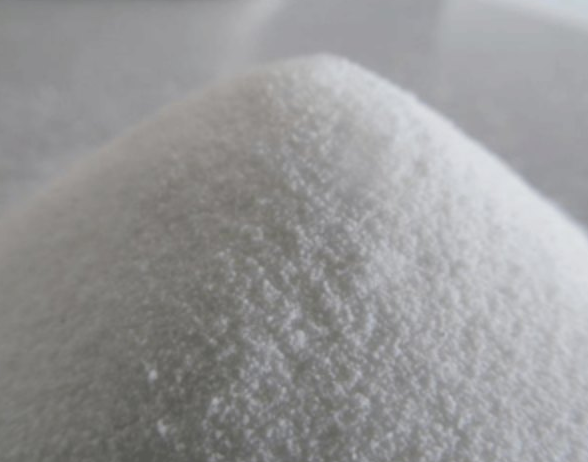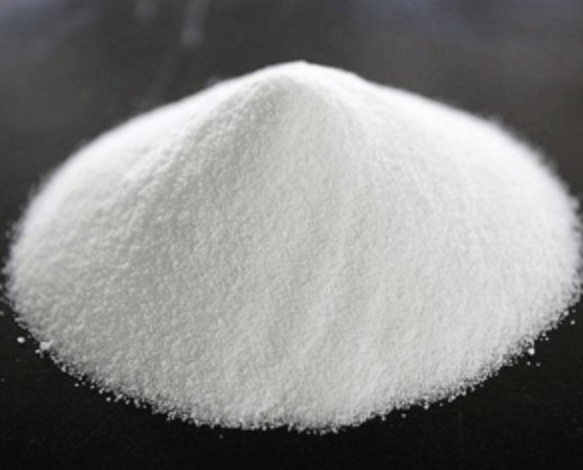Various Additives Used in Plastic: Herer to Know
29/10/2024
The Critical Function of Additives in the Production of Plastics
When discussing plastic materials, the mind instinctively gravitates towards picturing a robust and adaptable substance, but have we ever paused to consider what precisely gives plastic its defining attributes? It is the array of additives incorporated during production that serve as the unsung heroes, playing a fundamental role in enhancing various properties to ensure that these materials align seamlessly with a diverse range of industrial specifications. These additives, far from being mere supplementary elements, are instrumental in modifying the functionality, stability, and overall aesthetics of plastics, making them viable for an extensive array of applications.
In fact, additives are not simply auxiliary materials that exist in the background of plastic production; they are integral to the entire process. The absence of such enhancements would lead to a significant compromise in those qualities—such as flexibility, resilience, and thermal resistance—that are often taken for granted. For instance, certain additives bolster thermal stability, rendering the plastic more durable and secure under diverse environmental conditions, which in turn broadens its usability spectrum.
As the global spotlight increasingly shifts towards environmental sustainability and reducing plastic waste, the industry has turned its attention to developing additives that are not only efficient but also eco-friendly. To comprehend how these components contribute to a sustainable future, it is essential to delve into the specifics of their functions, which is critical for industries seeking innovation while maintaining a minimal ecological footprint.
Additives Used in Plastic 1 — Zinc Stearate: A Multifunctional Plastic Additive
Multifaceted Advantages of Zinc Stearate
Widely utilized within the realm of plastics, zinc stearate is an additive recognized for its exceptional lubricating and stabilizing characteristics. Acting primarily as a release agent, it facilitates the seamless detachment of molded plastic products from their respective molds, thereby enhancing the efficiency and precision of the injection molding process. This attribute is particularly valuable in mass production scenarios where maintaining high throughput without sacrificing quality is of utmost importance.

Beyond its role as a release agent, zinc stearate significantly augments the flow properties of plastic materials, thus enabling smoother processing. By reducing internal friction, this additive ensures a streamlined manufacturing process and helps achieve a superior finish in the final products. In addition, it provides anti-caking properties, preventing powdery substances from aggregating, which is essential for maintaining product consistency and quality throughout production cycles.
Industrial Applications of Zinc Stearate
Owing to its versatile nature, zinc stearate finds applicability across a multitude of industries. For instance, in the automotive sector, it is a critical component in the production of interior and exterior plastic parts, where its lubricating properties contribute to the smoothness and overall aesthetics of these components. In the packaging industry, zinc stearate improves the manufacturing process of films and containers, ensuring that they possess the required robustness to endure the rigors of transport and storage.
Moreover, its role in the electronics sector cannot be understated, as it helps enhance the performance and reliability of electrical components by improving insulation properties, thereby reducing the risk of malfunctions. The additive’s versatility and efficiency make it an indispensable component in a wide range of high-performance applications.
Solutions Provided by Zinc Stearate
Through its incorporation into plastic formulations, zinc stearate offers manufacturers a pathway to optimize production processes. The resultant reduction in cycle times, coupled with an improvement in overall process efficiency, leads to substantial cost savings. Furthermore, its contribution to product durability and longevity enhances customer satisfaction, as it minimizes the need for frequent replacements. This makes zinc stearate a cornerstone additive that balances performance with economic efficiency, keeping it relevant in an ever-evolving industrial landscape.
Additives Used in Plastic 2 — Calcium Stearate: A Dual-Purpose Stabilizer and Lubricant
The Multifaceted Benefits of Calcium Stearate
Calcium stearate, another pivotal additive, plays a dual role as both a stabilizer and a lubricant in plastic manufacturing. This dual functionality not only augments the thermal stability of PVC and other plastic formulations but also improves their resistance to heat-induced degradation. Consequently, plastics containing calcium stearate exhibit superior performance in applications that demand exposure to elevated temperatures.

Furthermore, calcium stearate’s lubricating properties significantly enhance the flow characteristics of plastics, which is particularly beneficial in high-precision processes such as extrusion and injection molding. By diminishing friction, it reduces mechanical wear on processing equipment, thereby prolonging machinery lifespan and minimizing operational disruptions.
Industrial Utility of Calcium Stearate
The value of calcium stearate extends across a variety of industries, with its impact most notably felt in the construction and automotive sectors. In the construction industry, where materials are often exposed to varying environmental conditions, calcium stearate enhances the durability and integrity of pipes and fittings, making them more reliable over time. In automotive manufacturing, its lubricating attributes enable the production of durable components that require high dimensional accuracy and surface smoothness.
Additionally, calcium stearate is extensively used in the production of medical devices. Here, its stabilizing properties are crucial in ensuring that products maintain their structural and functional integrity, meeting stringent safety and quality standards.
Solutions Afforded by Calcium Stearate
By integrating calcium stearate into their plastic formulations, manufacturers can achieve notable improvements in thermal stability, thereby enabling the production of materials capable of withstanding higher temperatures without succumbing to degradation. This is particularly valuable for applications that entail prolonged exposure to heat. Moreover, the additive’s lubricating properties contribute to smoother processing, resulting in superior end products and a reduction in production costs, thus positioning calcium stearate as a critical additive that addresses both performance and cost-efficiency concerns.
Additives Used in Plastic 3 — CPE135A and CPE135B: Impact Modifiers for Enhanced PVC Performance
Advantages of Using CPE135A and CPE135B
Specially designed to function as impact modifiers, CPE135A and CPE135B are additives that significantly boost the toughness and flexibility of PVC. By incorporating these modifiers, manufacturers can produce PVC products that exhibit enhanced resistance to stress and impact, thereby preventing cracking or breakage. This characteristic is particularly advantageous for applications that demand resilience, such as construction materials and certain consumer goods.

Moreover, these modifiers are compatible with a range of other additives, allowing manufacturers to fine-tune their PVC formulations to achieve specific performance outcomes. The ability to tailor product properties ensures that the resultant materials meet stringent quality and safety standards.
Applications Across Various Industries
The demand for materials that offer both durability and impact resistance is prevalent in several sectors. In the construction industry, for instance, CPE135A and CPE135B are used to enhance the performance of products such as siding, windows, and doors, where resistance to environmental stressors is essential. Similarly, in the automotive sector, these additives contribute to the development of robust components, such as bumpers, which are critical for vehicle safety.

Additionally, in the consumer products domain, the inclusion of CPE135A and CPE135B allows manufacturers to produce flexible yet sturdy items, ranging from toys to household items, ensuring that they withstand daily wear and tear without compromising on quality.
Solutions Offered by CPE135A and CPE135B
The integration of CPE135A and CPE135B into PVC formulations translates to heightened product performance and increased consumer satisfaction. By enhancing impact resistance, these modifiers help manufacturers minimize the likelihood of product failures, thus lowering warranty claims and bolstering brand reputation. Furthermore, these additives provide greater design flexibility, enabling the creation of innovative products that keep pace with the evolving demands of the market.
Conclusion: The Evolving Landscape of Plastic Additives
In the dynamic and continually evolving domain of plastics, additives serve as the foundation upon which material performance and industry standards are built. From zinc stearate to CPE135A and CPE135B, these substances are indispensable in shaping the characteristics of plastics, ensuring that they cater to a diverse array of industrial requirements.
As the industry faces mounting scrutiny regarding environmental sustainability, the push towards developing more eco-friendly additives is gaining momentum. Companies such as Shanghai Chembroad New Materials Co., Ltd. are at the forefront, driving innovation in additive solutions that not only enhance product performance but also contribute to a reduced ecological footprint. The future trajectory of plastic additives is poised to redefine the possibilities within the industry, as manufacturers and stakeholders continue to prioritize quality, efficiency, and sustainability in their pursuits.




